
As of writing, the global cryptocurrency market cap stands close to 1 trillion USD. The industry booms with several profitable decentralized autonomous apps (DApps) and many other projects, including NFTs and play-to-earn games. Crypto even inspires the idea of web 3.0, the decentralized web where your data stays with you alone.
Cryptocurrency is a whole financial world on its own. Do you want to delve into crypto, and you’re wondering what programming bits work together to power the crypto economy?
Blockchain developers wire the crypto world with one or a combination of these programming languages.
1. Solidity
Developed by an Ethereum project team, Solidity is the primary power line behind the well-known Ethereum network and associated blockchains. It’s still the most-used programming language in the blockchain industry.
Its developers call it the “curly brace language” for its syntax style, which follows a curly brace pattern for enclosing blocks. For the most part, Solidity is a statically typed and object-oriented language with high-level syntax.
Considering its smooth learning curve, most programmers consider it their entry point into blockchain development. Besides, Solidity’s use case is versatile. Its unwavering support for the Ethereum virtual machine (EVM) is one of its killer features.
This makes it a popular choice for smart contract development and deployment. You’ll find its use case in many Ethereum-based DApps and blockchains like the Binance Smart Chain, Tron, Polkadot, and Avalanche.
2. Golang
Golang, also called Go, was developed by Google. Its simplicity and high-level syntax are some of the reasons developers use Golang for building complex native apps. One of the most prominent blockchain platforms to ever use Golang is GoCoin, a Bitcoin-based payment gateway.
Golang’s support for parallelism, concurrency, and memory assignment makes it a top spot for developing smart contracts, optimizing node performance, and enhancing cold storage security—used for offline crypto wallets.
While many crypto-based projects use Golang solely to orchestrate background contracts, others combine it with other languages and technologies to scale. Golang also powers Hyperledger Fabric, a top blockchain framework for developing distributed ledgers. Metacoin and the IBM blockchain are among the crypto projects using this framework.
As for Ethereum support, Go-Ethereum, or Geth, is another popular Go-based Ethereum client for writing data to blockchain nodes and interacting with Ethereum smart contracts.
3. Rust
The 2022 Stack Overflow developer survey shows that Rust is the most-loved programming language. Rust powers many Solana-based projects and is part of the programming stacks used by crypto ecosystems, including Polkadot, Near, and Elrond.
Its soft spot for upcoming developers and ease of implementation gives it a go in crypto development. Although Rust is high-level and straightforward, it is memory-efficient, type-safe, fast, and interoperates seamlessly with other programming languages like C and C++.
You can develop on-chain programs quickly with Rust while managing block space. That’s one of the reasons it’s popular among blockchain developers.
Solidity seems to be a bit easier to learn than Rust, though. But many blockchains prefer Rust to avoid “copypasta”, where programmers copy and paste existing smart contract code, which might leave some associated Dapps with little or no creativity. Invariably, it’s easier to build to scale in Rust than most languages since it allows developers to tweak their programs as they like.
4. C++
The ability of C++ to run embedded systems and high-performance computing apps and its support for object-oriented programming, multithreading, and runtime polymorphism makes it the chosen language by many top blockchains.
Prominent ecosystems, including Bitcoin, Ripple, and Litecoin, among many others, benefit from the wealth of C++. Some other programming languages even derive their features from the language. For instance, Solc, the Solidity compiler, was written in C++.
Although most blockchain developers prefer to develop Dapps with simple languages like Rust and Solidity, C++ is an excellent choice for building something from scratch.
5. Ruby
Ruby is notable for its natural dynamic implementation of complex programming concepts. Its use in crypto development revolves around its top security prioritization and ability to blend with pre-existing blockchain protocols, including Ethereum smart contracts.
One of its core attributes is that it allows developers to tweak its part seamlessly. For instance, you can abstract its syntax into more readable formats. Ruby isn’t only object-oriented, but every bit of the language is an object.
Ruby doesn’t restrict developers to a particular paradigm. It’s a multi-paradigm-supported language, allowing developers to focus on solution-driven development rather than a stringent architecture.
Ruby on Rails, the most popular Ruby full-stack web framework, powers Coinbase, one of the most prominent crypto exchange platforms.
6. Erlang
Erlang also contributes some programming quota to the crypto economy. Beam, Erlang’s virtual machine, allows blockchain developers to explore creativity in an alternative to the Ethereum virtual machine.
Erlang’s concurrency, simple syntax, support for lightweight processes, and stability helps it power complex systems, including DApps. Its use case in end-to-end encryption in chat apps like WhatsApp and WeChat is extensible to securing blockchain nodes in DeFi and DApps.
The programming language and its derivative, Elixir, have found uses in popular blockchain solutions. For instance, ArcBlock, a versatile decentralized development solutions platform, uses Erlang as its core development language. Aeternity also combines Elixir, a derivative of Erlang, and Beam, the Erlang runtime machine, to develop its core blockchain protocol.
7. Python
Python’s ability to use human-friendly syntax to orchestrate complex applications makes it suitable for writing blockchain programs. It’s object-oriented, general-purpose, modular, and easy to learn. So junior developers easily pick up existing codebases.
In addition to helping DApps consume third-party APIs, it’s also excellent at smart contract development. It features many built-in libraries, including cryptographic algorithms like Hashlib, PyNaCl, and cryptography.
Hyperledger Fabric, Neo, and Steem are examples of blockchains that have added Python to their stack for building DApps and blockchain-as-a-service. For interacting with the Ethereum blockchain, web3.py is the Python library that helps developers connect DApps with Ethereum-based contracts.
8. Vyper
Vyper is a Pythonic, contract-oriented programming language for developing smart contracts on the Ethereum blockchain. Like Solidity, Vyper also compiles seamlessly into the Ethereum virtual machine.
Since Vyper’s syntax is close to Python’s style, it’s relatively easy to pick up for developers coming from Python. Although new, Vyper offers some features that make it preferable to Solidity. While Solidity also comes in handy for writing secure contracts, it’s easier with Vyper, as it has built-in features that enhance security.
For instance, it allows flexibility while computing custom gas consumption. Its overloading ability and support for infinite loop increase overall gas function security.
Programming Logic Wire the Blockchain
Like the conventional web, decentralized apps, autonomous organizations, and finances keep the crypto space together. However complex these technologies are, they don’t just evolve autonomously. Some people operate at the backdoor, tweaking the operation logic with these programming languages.
If you want, it’s never too late to join the train of developers making the crypto work for daily users. Still in doubt? You might want to see some benefits of becoming a blockchain developer.

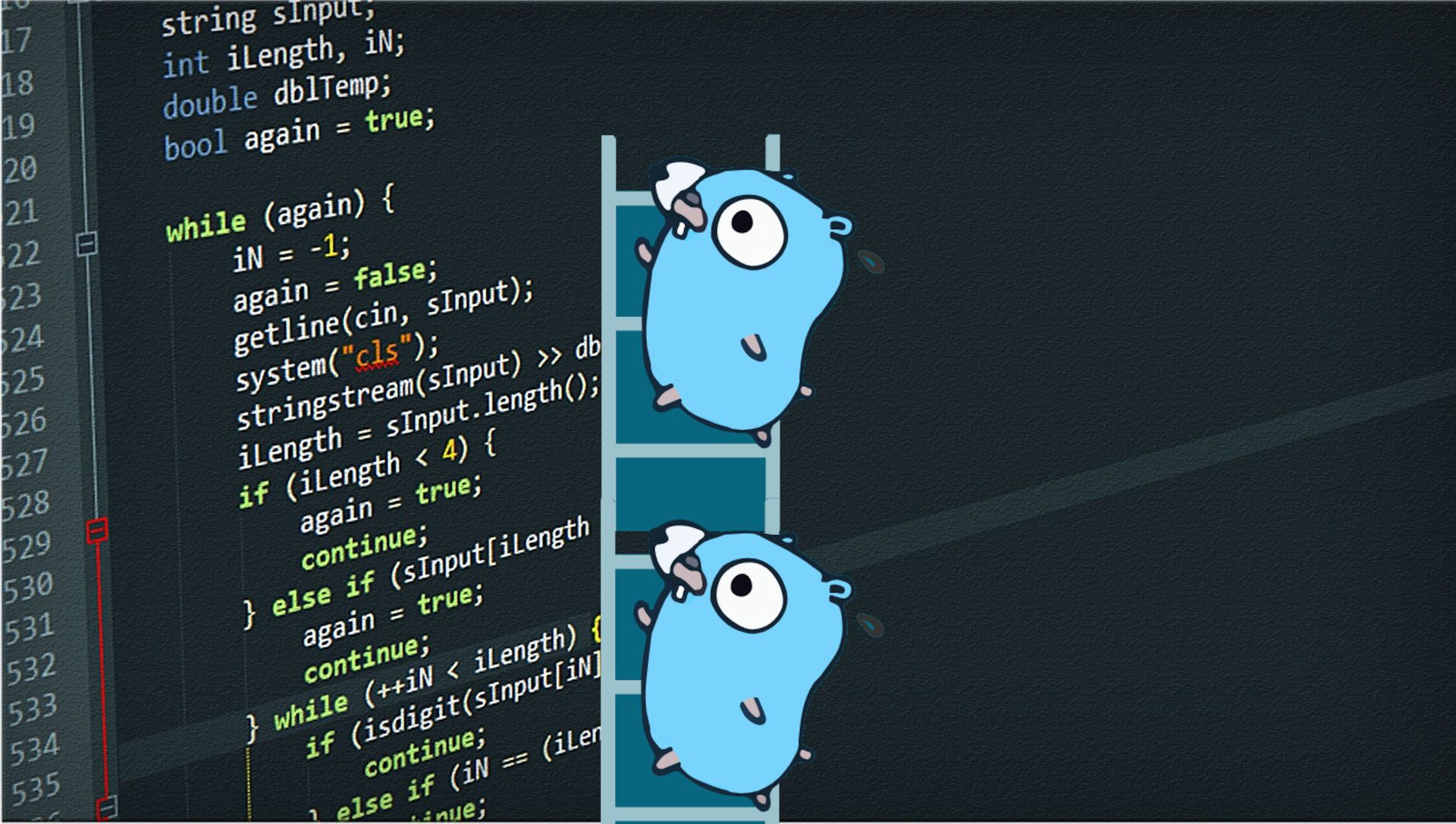
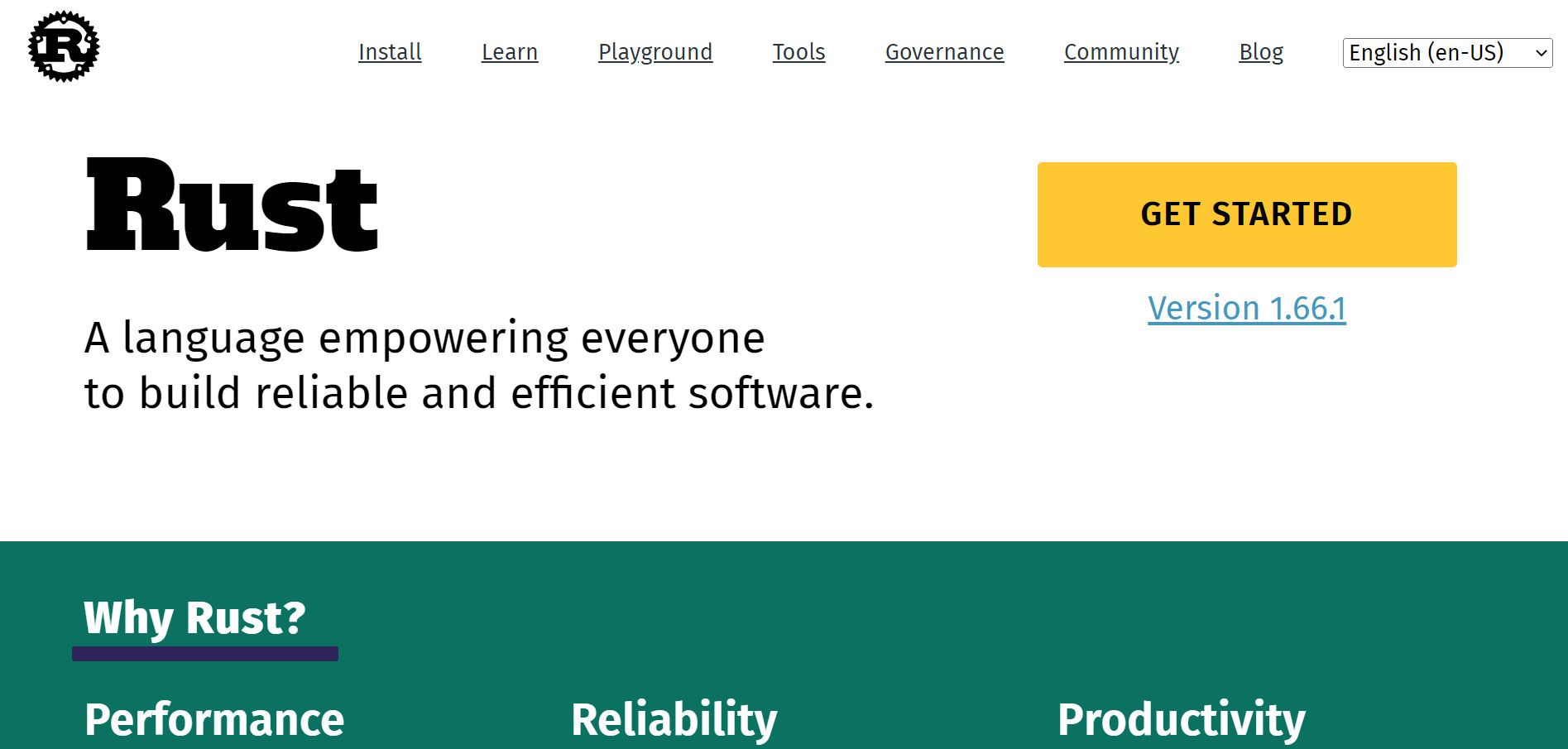
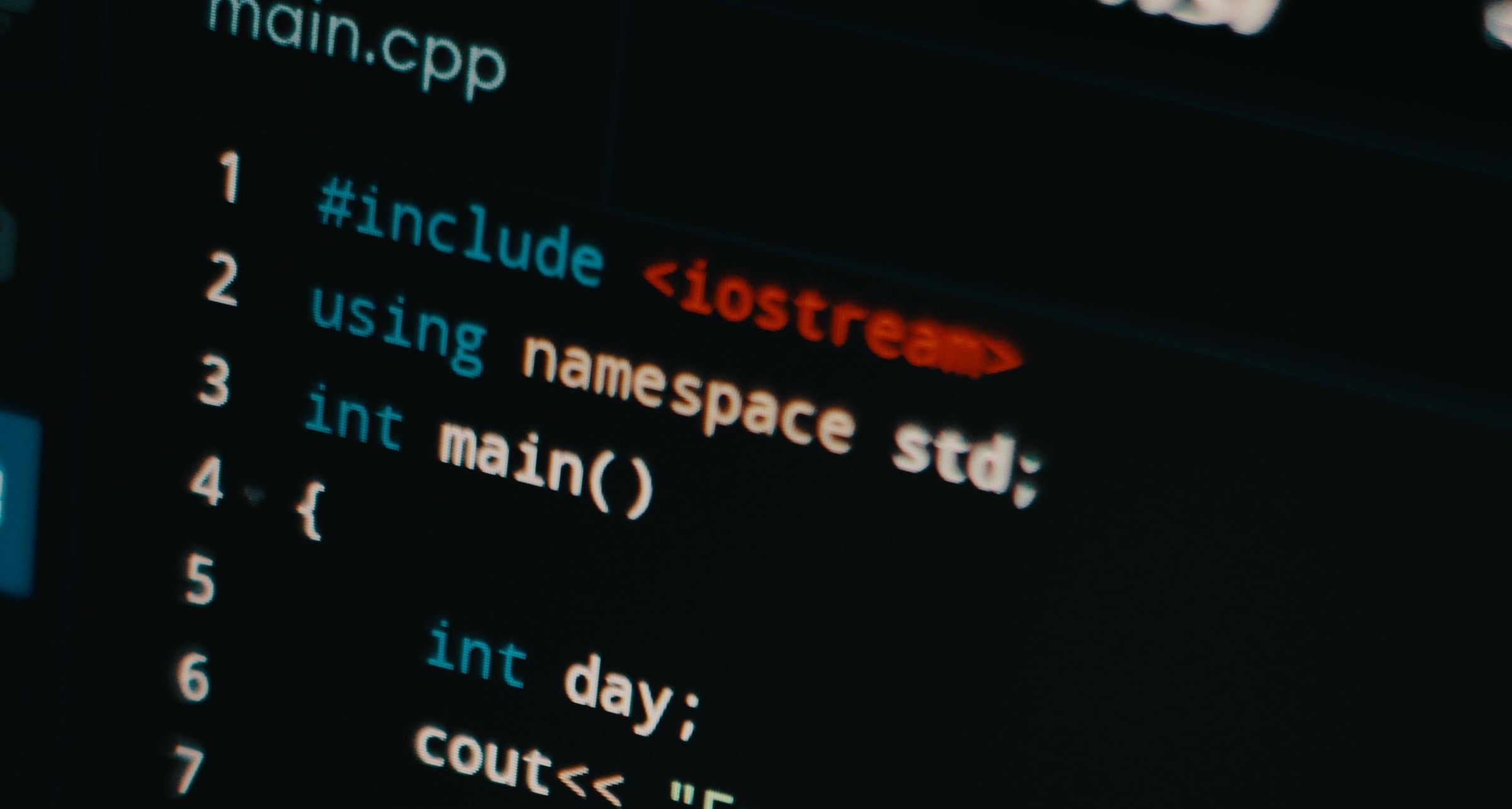
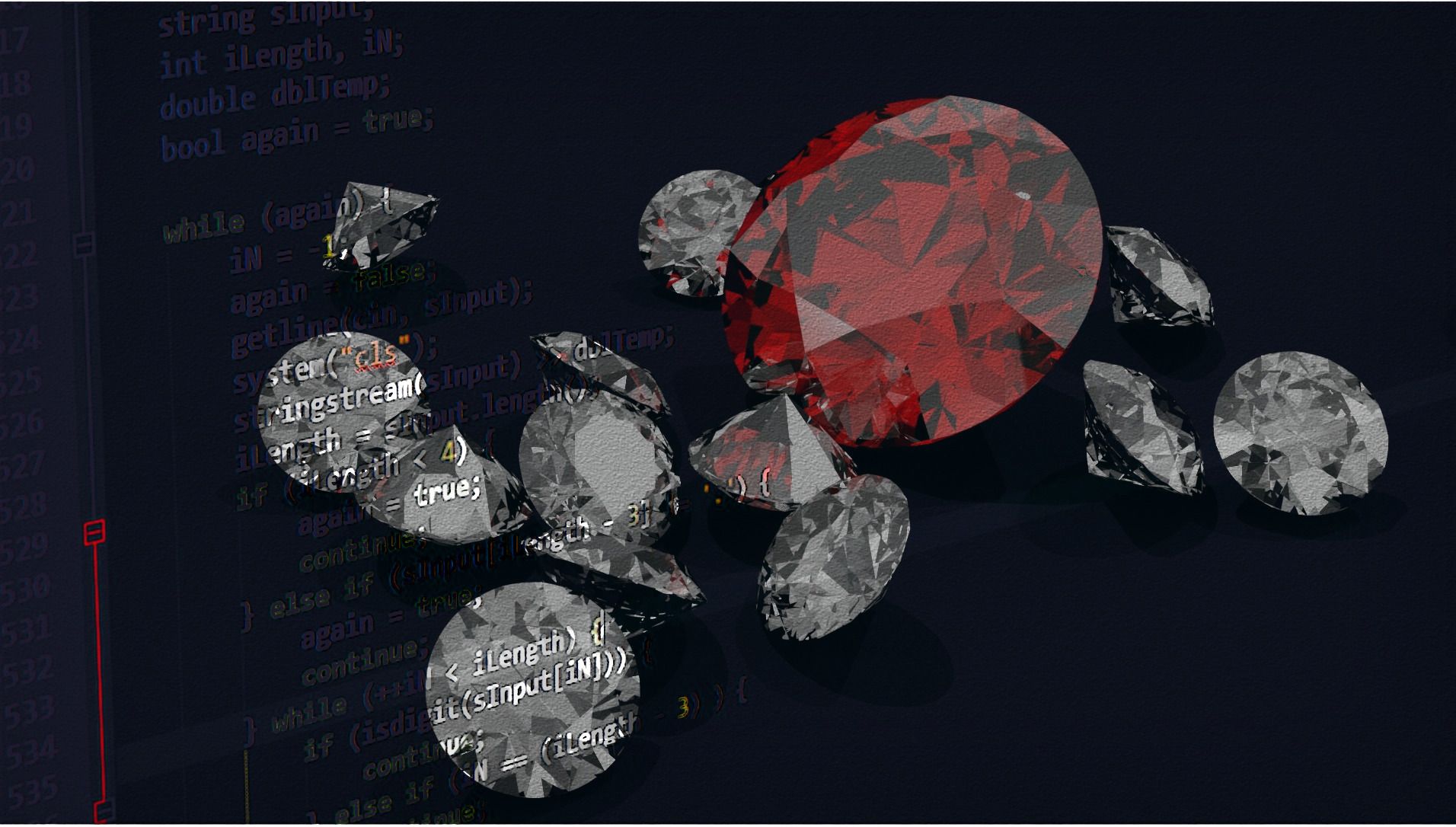
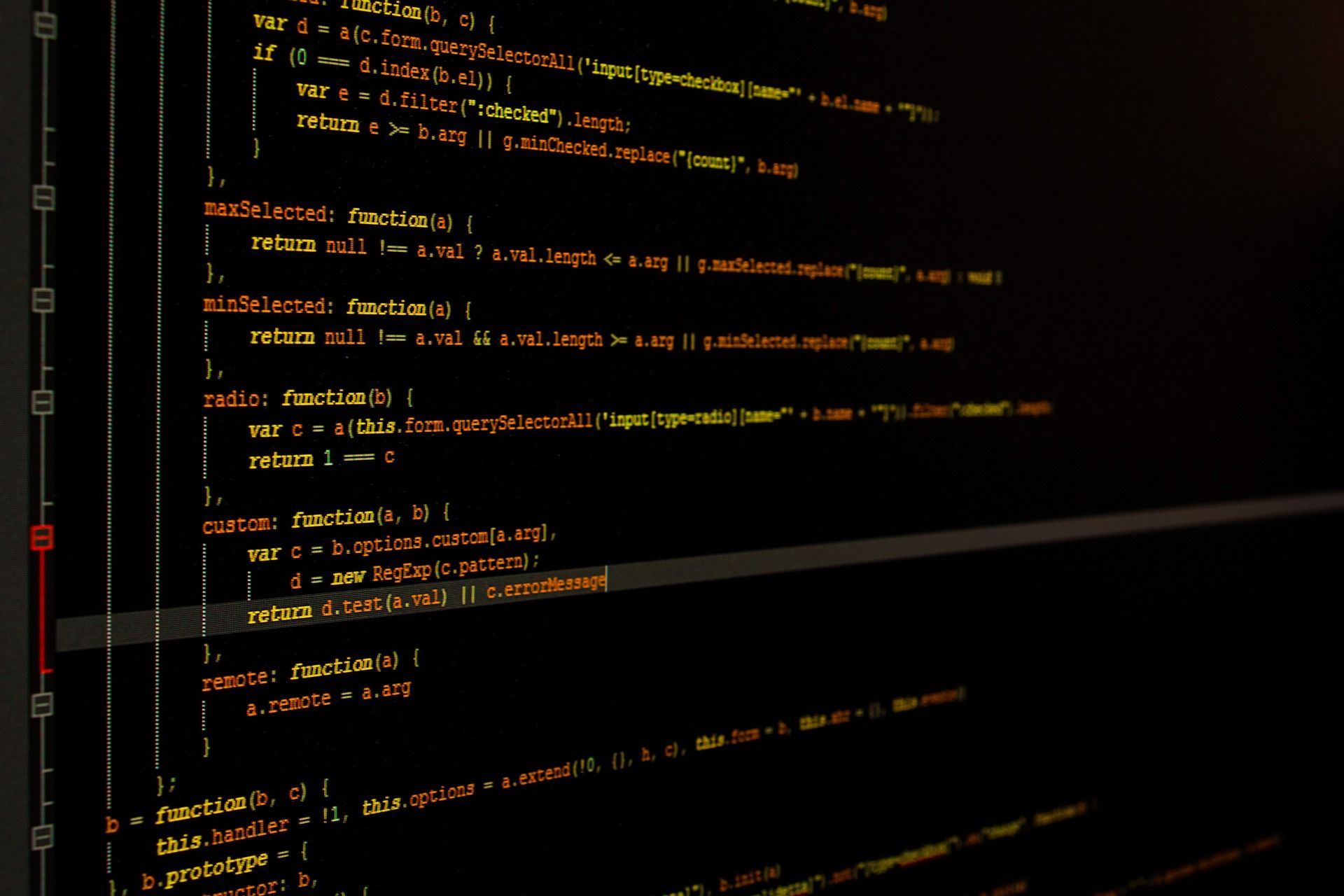
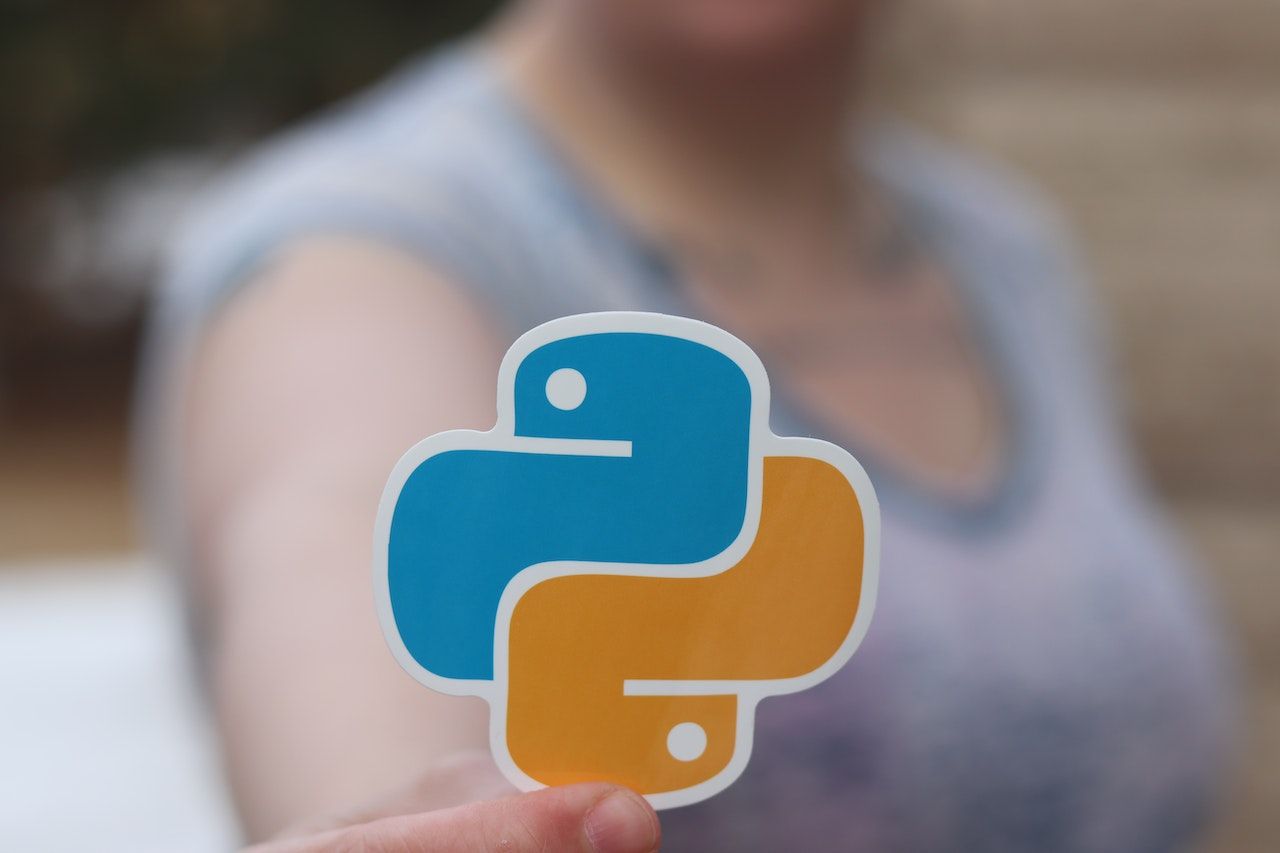
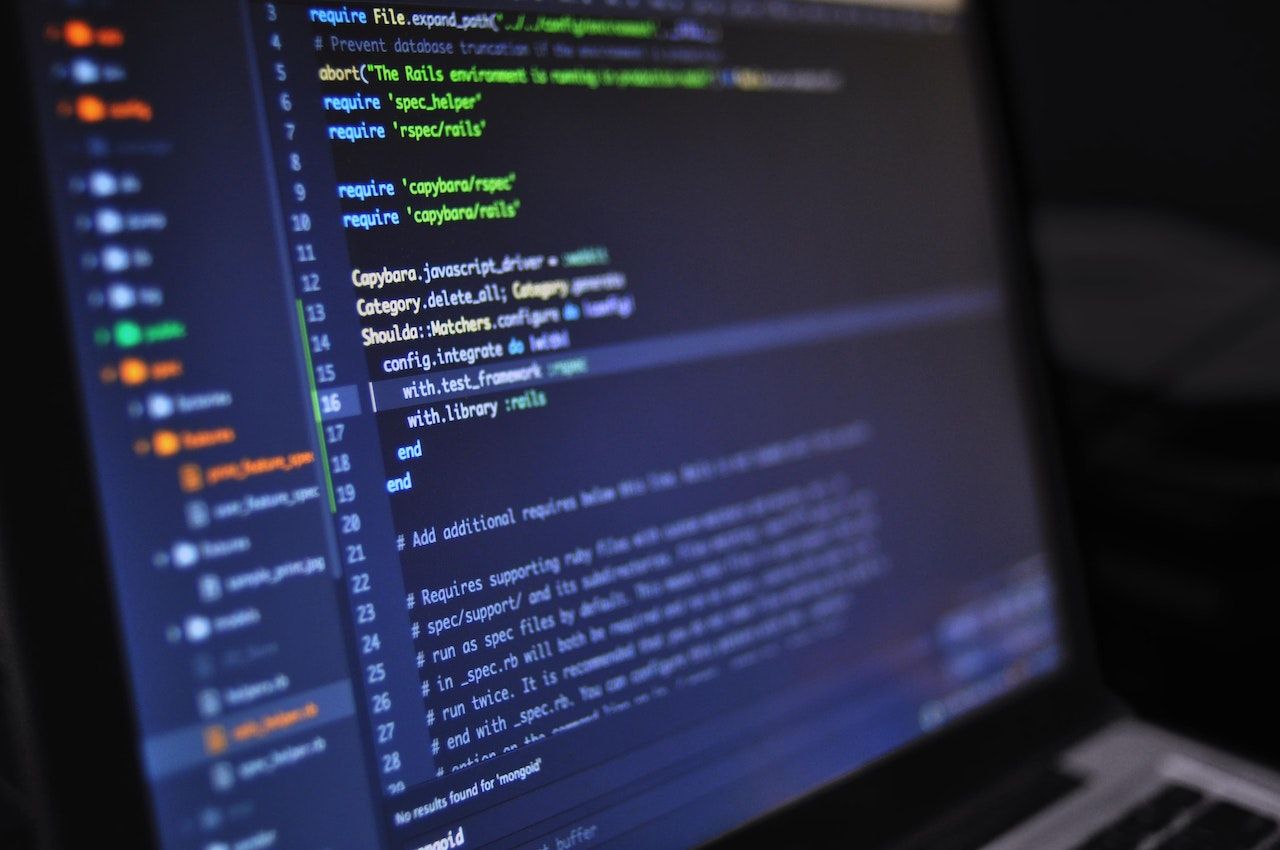
































































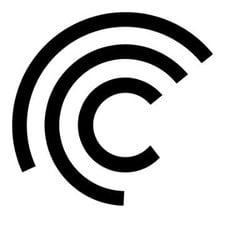









Be the first to comment